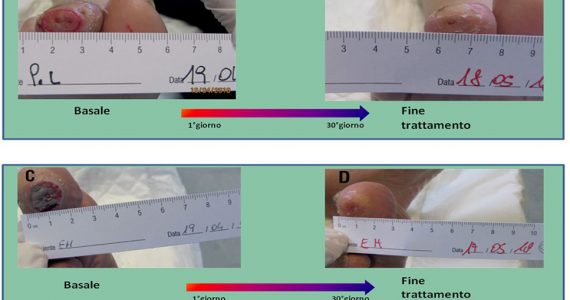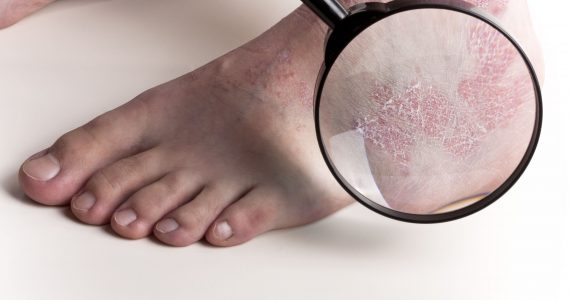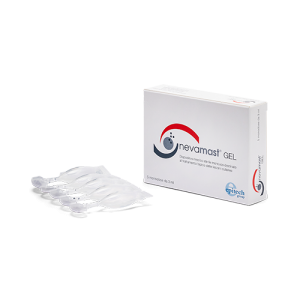
The diabetic foot ulceration iso one of the main complications of diabetes. It is estimated that around the 30 % of diabetics is destined to develop a foot ulceration over a lifetime, with the risk of amputation of part or whole foot. The challenge, for this kind of injury, consists in reaching an optimal skin reepithelialization, thus a better and quick healing. In fact, a lesion exposes daily a diabetic patient to a possible infection and a consequent hospitalization and amputation.
In the wound site (ulcer) it starts, in particular, an inflammatory process caused by the hyper-reactivity of specific immune cells (mast cells in primis), localized in the dermal-epidermal structures. The mast cell activation is associated with the progressive sufferance of skin, vascular and nerve tissues, determining those problems typical of diabetic foot ulceration: pain, itching, edema and increase of ulcer diameter.
A novel therapeutic approach is now available for the care of diabetic foot ulcers.
This approach is focused on the use of compounds like Adelmidrol (2%) and Traumatic Acid able to control the hyper-reactivity of the skin mast cell, determining a strengthening of the epithelial turnover (reepithelialization) and the functional recovery of the hydro-lipid protective barrier.




